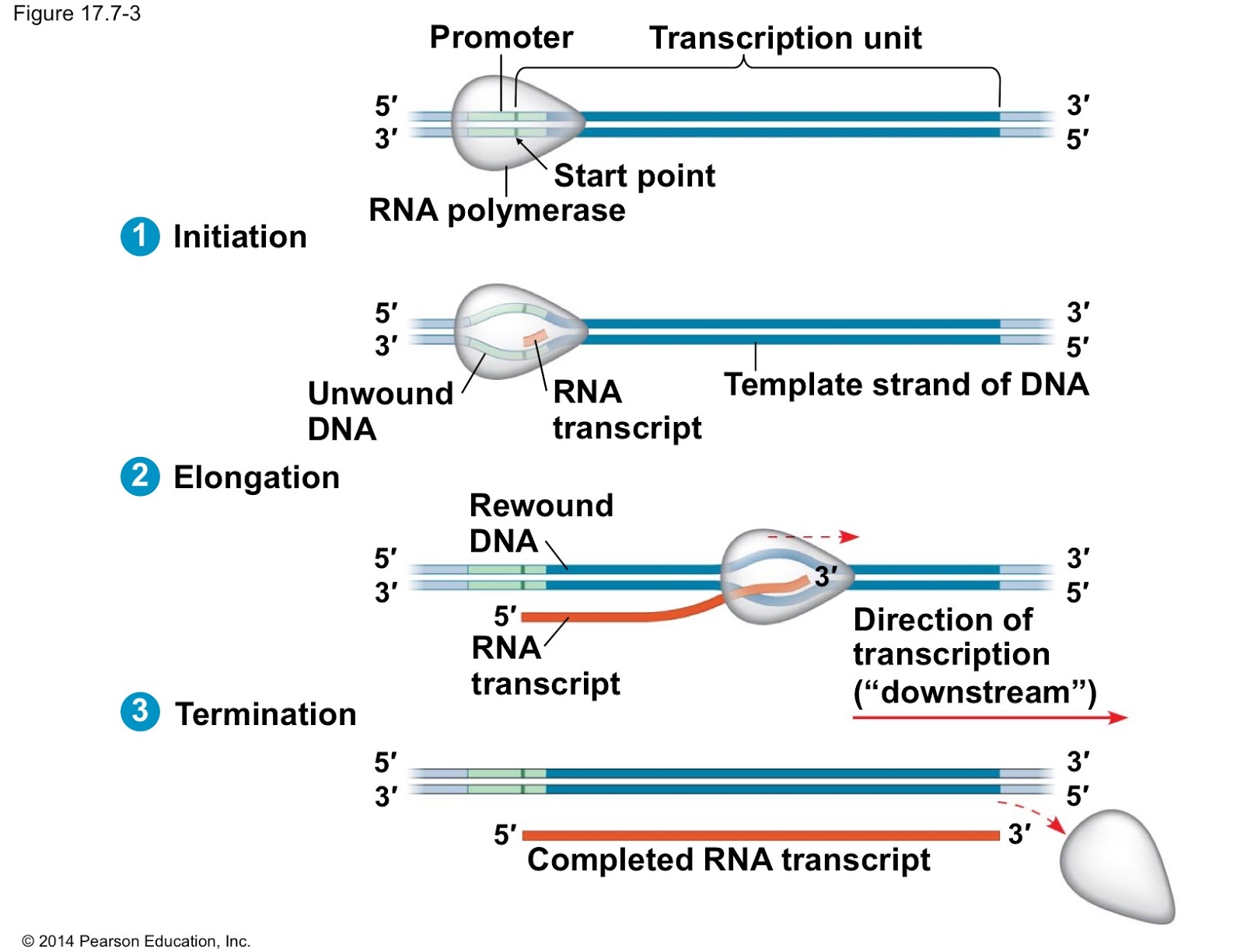

With the discovery of prions, a new exception to theĬentral dogma has been discovered, Protein → Protein. Also, some virus species are so primitive that they use only RNA → The biggest revolution in the central dogma was the discovery of retroviruses, which transcribe RNA into DNA through the use of a special enzyme called reverse transcriptase has resulted in an exception to the centralĭogma RNA → DNA → RNA → protein. Scientific theories it is modified as we learn more details of The central dogma is not really a dogma in the traditional sense of the word, like all → RNA → protein in a new generation of cells or organisms. Or replicate the master template itself so the cycle can repeat DNA Helix, and, using DNA polymerase and its associated proteins, copy Replication is carried out by a complex group of proteins that unwind the superhelix, unwind the double-stranded DNA Proteins themselves can be further spliced, when this happens the inside "discarded" section is known as an intein.įinally, as the final step in the Central Dogma, to transmit the genetic information between parents and progeny, the DNA mustīe replicated faithfully. Before a gene transcript is ready to be transported out of the nucleus, it has to undergo three major processing events to produce the fully translatable mRNA. The correct folding process is quite complex and may require other proteins, called chaperone proteins. In some cases the new polypepeptide chain requires addtional This folding continues until the nascent polypeptideĬhains are released from the ribosome as a mature protein. Describe the structure and potential products of a gene (polypeptide, rRNA, tRNA, mRNA) and the types of proteins required for transcription (RNA polymerases, transcription factors, etc.). Growing peptide chain, they begin folding into the correct conformation. Describe the flow of information through cells (the central dogma) and the cell components that participate. Ribosome-mRNA complex, matching the codon in the mRNA to the anti-codon in the tRNA, thereby adding the correct amino acid in the sequence encoding the gene. Complexes of initiation factors and elongation factors bring amino acylated transfer RNAs (tRNAs) into the The mRNA is read by the ribosome as triplate codons, usuallyīeginning with an AUG, or initiator methonine codon downstream of the ribosomeīinding site. In eukaryotic cells, the site of transcription (the nucleus) is usually separated from the site of translation (the cytoplasm), so the mRNA must be transported out of the nucleus into the cytoplasm, where it can be bound by In prokaryotic cells, which have no nuclear compartment, the process of transcription and translation may be What sequences are treated as introns and what remain as exons.Įventually, this mature mRNA finds its way to a ribosome, where it is translated. The mechanism of alternative splicing makes it possible to produce different mature mRNA molecules, depending on

In eukaryote cells the primary transcript (pre-mRNA) is processed. Information contained in a section of DNA is transferred to a newly assembled piece of messenger RNA (mRNA). Transcription is the process by which the


 0 kommentar(er)
0 kommentar(er)
